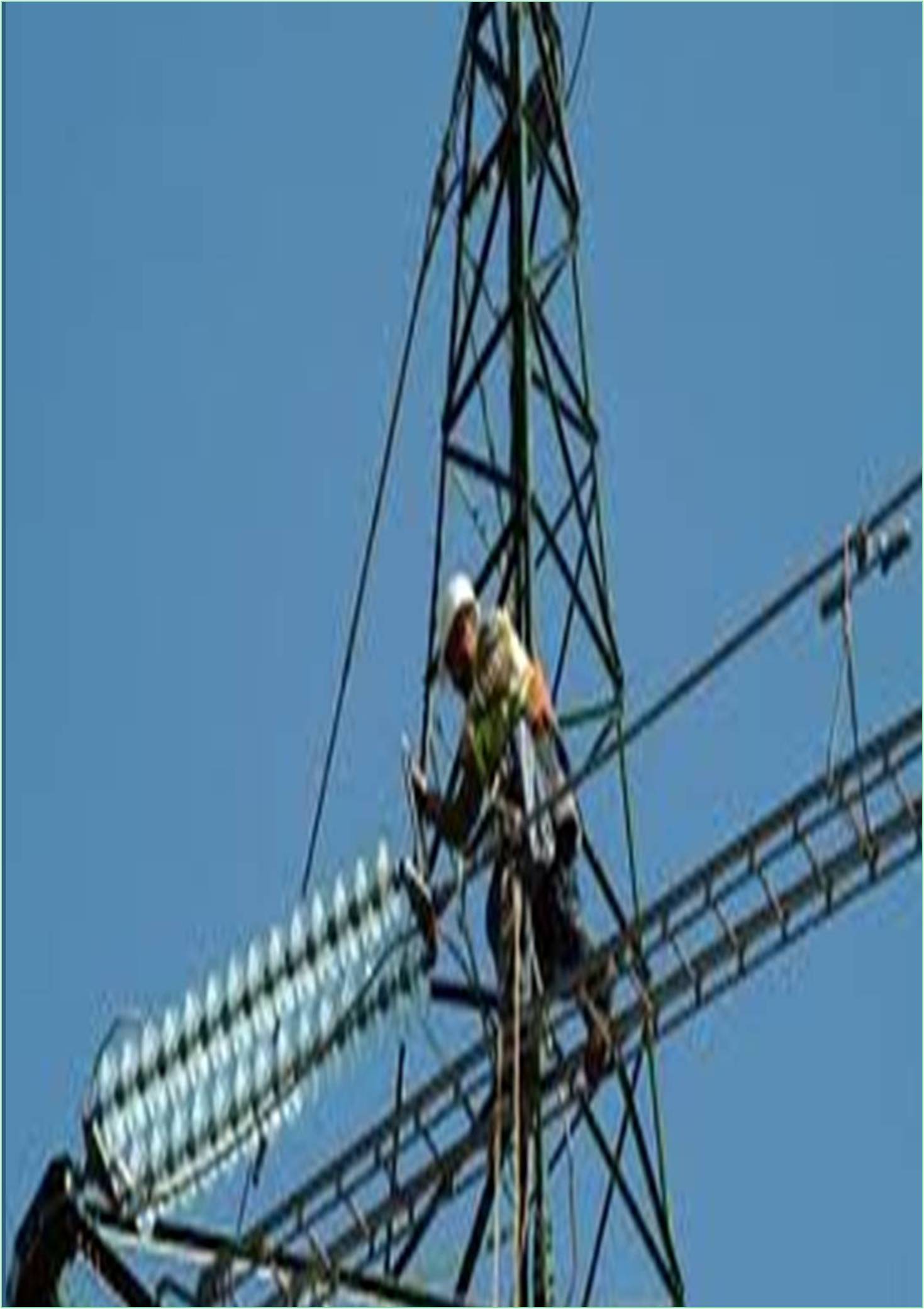



Received: 01-Feb-2022, Manuscript No. GJEE-22-60301; Editor assigned: 03-Feb-2022, Pre QC No. GJEE-22-60301(PQ); Reviewed: 17-Feb-2022, QC No. GJEE-22-60301; Revised: 21-Feb-2022, Manuscript No. GJEE-22-60301(R); Published: 28-Feb-2022, DOI: 10.15651/GJEEE.22.1.003
A self-excited Direct Current (DC) shunt motor, also known as a shunt wound DC motor, is a form of self-excited DC motor. In this motor, the field windings can be connected in parallel with the armature winding. As a result, both windings of this motor are exposed to the same voltage power supply, and the motor maintains a constant speed under any load. The starting torque of this motor is minimal, and it runs at a constant pace.
Principles, Construction and Uses of DC Shunt Motor
The construction of a DC shunt motor is identical to that of any other DC motor. Basic components such as field windings (stator), a commutator, and an armature can be used to build this motor (rotor). The working principle of a DC Shunt Motor is that when the motor is turned on, DC passes between the stator and rotor. The pole as well as the armature will be generated by this current flow. There are two magnetic fields in the air gap between the armature and the field shoes, and they will react to each other to rotate the armature. At usual gaps, the commutator reverses the armature current flow direction. As a result, the armature field is always repelled by the pole field, which keeps the armature rotating in the same direction.
In the case of a shunt wound DC motor, the current supply will be split into two halves, Ia and Ish, with Ia supplying throughout the resistance armature winding. ‘Ish’ will supply through the ‘Rsh’ resistance field winding in the same way. As a result, we can write:
Itotal=Ia+Ish
Ish=E/Rsh is a well-known formula. If not,
Ia=Itotal-Ish=E/Ra
When the DC motor is running and the power supply voltage is stable, the shunt field current is usually delivered as
Ish=E/Rsh
The armature current, however, is proportional to the field flux (Ish). As a result, the remains more otherwise less stable, and a shunt wound DC motor is referred to as a constant flux motor.
DC Shunt Motor Back EMF
When the armature winding of DC shunt motor rotates within the magnetic field generated by the field winding. Based on Faraday’s law, an e.m.f. can be generated within the armature winding (electromagnetic induction). Despite the fact that, according to Lenz’s law, the induced e.m.f. might act in the opposite direction of the armature voltage supply, the induced e.m.f. can act in the opposite direction of the armature voltage supply.
As a result, this e.m.f is referred to as the back e.m.f., and it is symbolized by the letter Eb. This can be stated mathematically as,
Eb=(P φ NZ)/60AV
Where P=number of poles;
Φ =Flux for each pole within Wb;
N=Motor’s speed in revolutions per minute;
Z=No. of armature conductors;
A=No. of parallel lanes.
DC Shunt Motor Speed Control
When opposed to a series motor, a shunt motor has a different speed characteristic. When a DC Shunt motor reaches full speed, the armature current can be connected directly to the motor load. When the load on a shunt motor is very low, the armature current can likewise be very low. When the DC motor reaches its maximum speed, it becomes steady. The speed of the DC shunt motor can be easily regulated. Until the load changes, the speed can be kept constant. The armature tends to delay when the load changes, resulting in less back e.m.f. As a result, the DC motor will draw more current, resulting in increased torque to gain speed. As a result, whenever the load increases, the net effect of load on speed in a motor is nearly nil. Similarly, as the load falls, the armature accelerates and generates additional back e.m.f.
There are two techniques to control the speed of a DC shunt motor:
• Changing the total amount of current flowing through the shunt windings;
• Changing the total amount of current flowing through the armature.
DC motors are typically available with a specific rated voltage and speed in (revolutions per minute). The torque will be reduced once this motor is operating at its full voltage.
Brake Test on DC Shunt Motor
On the dc shunt motor, the brake test is one type of load test. This test can be performed on low-rated DC equipment in general. The major purpose of this test is to determine the efficiency, and it may also be used to compute and separate the output of mechanical power using electrical input. As a result, this test is used to calculate the efficiency of the DC motor. As a result, this type of test cannot be used on machines with higher ratings.
DC Shunt Motor Characteristics
The following are some of the properties of a shunt DC motor:
• This DC motor works at a constant speed once the voltage supply is adjusted;
• This DC motor is upturned by turning the motor connections around, similar to a series motor;
• In this type of DC motor, torque may be increased without sacrificing speed by increasing the motor current.
Applications for DC Shunt Motors
Shunt DC motors are utilized in Centrifugal Pumps, Lifts, Weaving Machines, Lathe Machines, Blowers, Fans, Conveyors, Spinning Machines, and other applications where a consistent speed is required. As a result, this is all about a DC shunt motor overview. Finally, based on the aforementioned facts, we can infer that these motors are appropriate for applications requiring precise speed control due to their self-regulating speed capacity. This motor’s primary uses include equipment like as grinders and locks, as well as industrial tools such as compressors and fans.